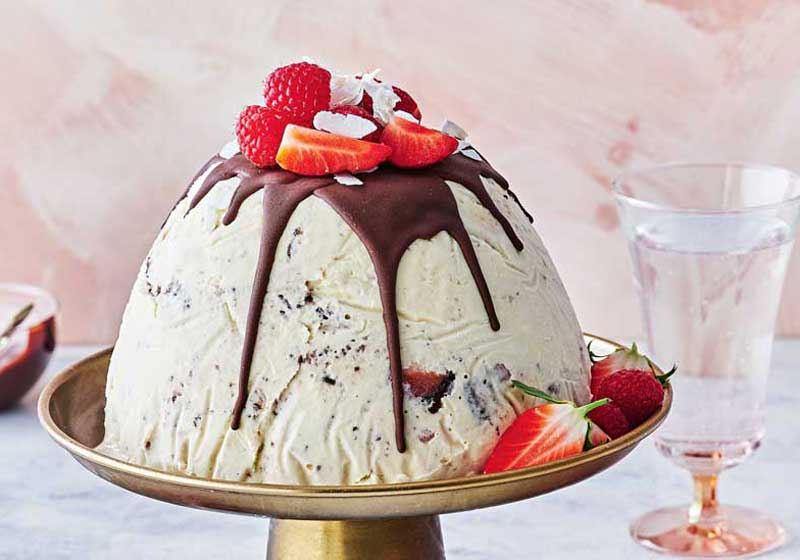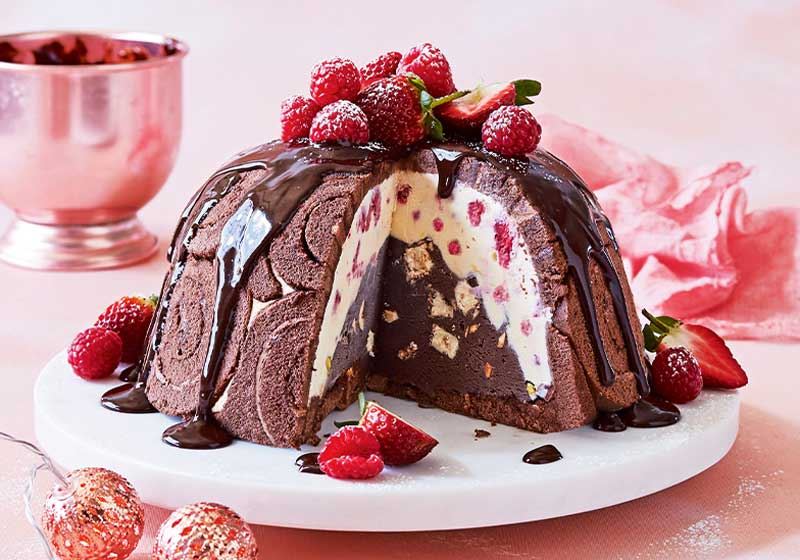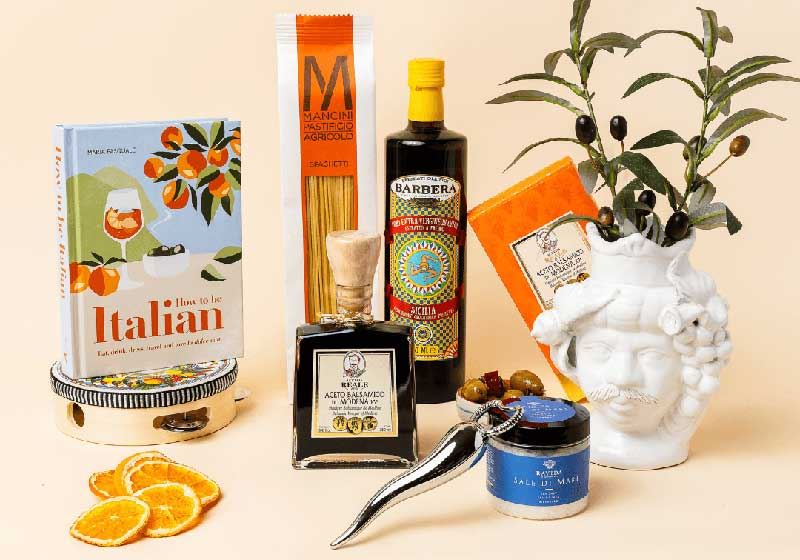In Australia, mandarin season typically begins in April and runs through to October, with the peak months spanning May to August.
This zesty citrus fruit thrives in cooler climates, making regions like Queensland’s Central Burnett and parts of New South Wales key producers.
During Winter, markets and grocers across the country are bursting with fragrant mandarins, ready to brighten up chilly days with their sweet, tangy flavour and vibrant colour.
Mandarins are a favourite in Aussie households for their easy-peel skins, lack of seeds in some varieties and bite-sized segments - making them ideal for school lunches, work snacks and healthy desserts.
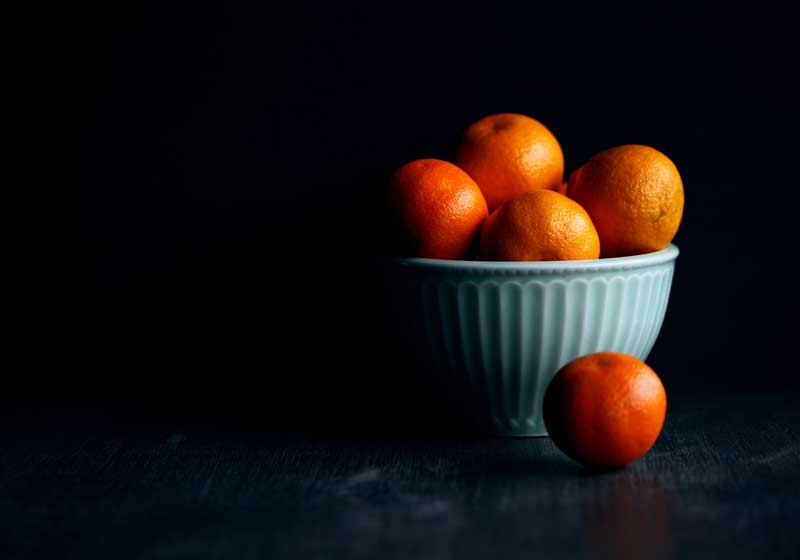
Popular varieties in Australia include Imperial, Murcott (or Honey Murcott) and Afourer, each with subtle differences in flavour, juiciness, and seed content.
Selecting the Best Mandarins:
When choosing mandarins, look for ones that feel heavy for their size – this is a good indication of juiciness. The skin should be firm yet slightly puffy and easy to peel, without blemishes or soft spots. A deep orange hue usually suggests ripeness and sweetness, but be aware that some varieties may still be sweet even with slightly paler skins.
A fresh, citrusy aroma is another sign of quality – avoid any with sour or fermented smells, as this may indicate over-ripeness or spoilage.
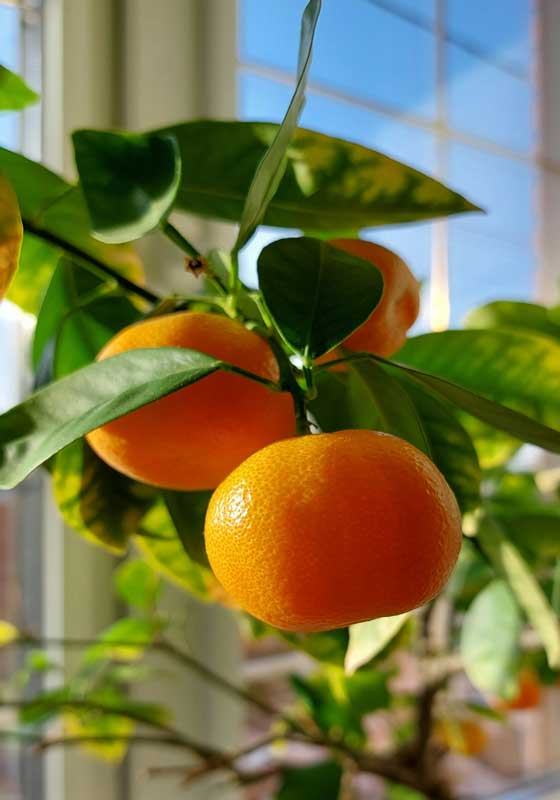
Storage and Freezing Tips:
Mandarins are best stored in a cool, dry place away from direct sunlight. If you plan to consume them within a week, the fruit bowl is ideal. For longer storage, pop them into the crisper drawer of your fridge where they can last up to two weeks.
Mandarins also freeze well – a great way to reduce waste during peak season. To freeze, peel and segment the mandarins, removing any seeds and pith. Lay the segments on a tray in a single layer and freeze until solid, then transfer to an airtight container or zip-lock bag. These frozen pieces can be tossed into smoothies, desserts, or enjoyed as icy snacks.
Alternatively, mandarin juice can be frozen in ice cube trays, giving you a splash of citrus for cocktails or sauces throughout the year.

Health Benefits of Mandarins:
Small but mighty, mandarins pack a powerful nutritional punch. They are an excellent source of vitamin C, helping to support immune health and promote healthy skin. Their natural antioxidants, such as flavonoids and beta-carotene, play a role in reducing inflammation and combating oxidative stress.
Mandarins also provide dietary fibre, which aids digestion and supports gut health, as well as small amounts of potassium, folate and vitamin A. Their natural sweetness makes them a healthier alternative to processed snacks, especially for children.
Including mandarins in your Winter diet is a simple, delicious way to support seasonal well-being. Whether eaten fresh, added to salads, juiced, or preserved in frozen form, these cheerful fruits are a true taste of Australian Winter.
Here are three recipes to put fresh and in-season mandarins on the plate this week:
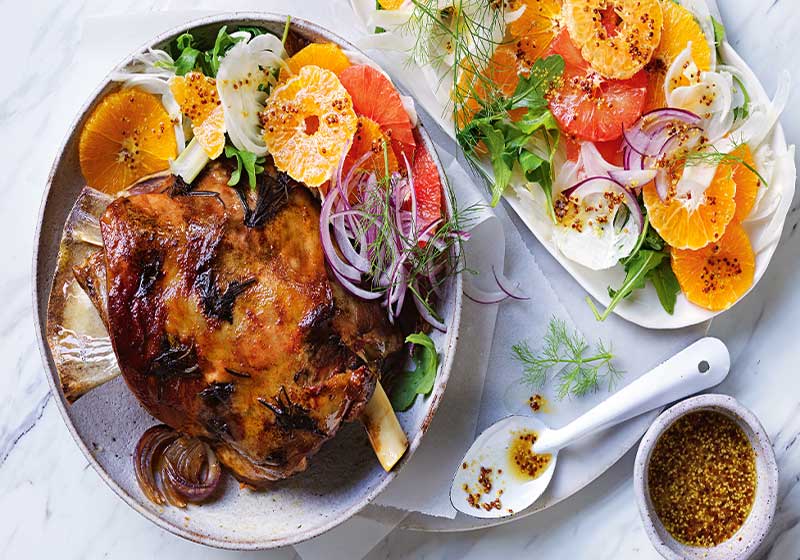
This roast lamb with citrus salad is a must-try main when you're entertaining. Full of fresh and tangy flavours, it will leave your guests totally satisfied.
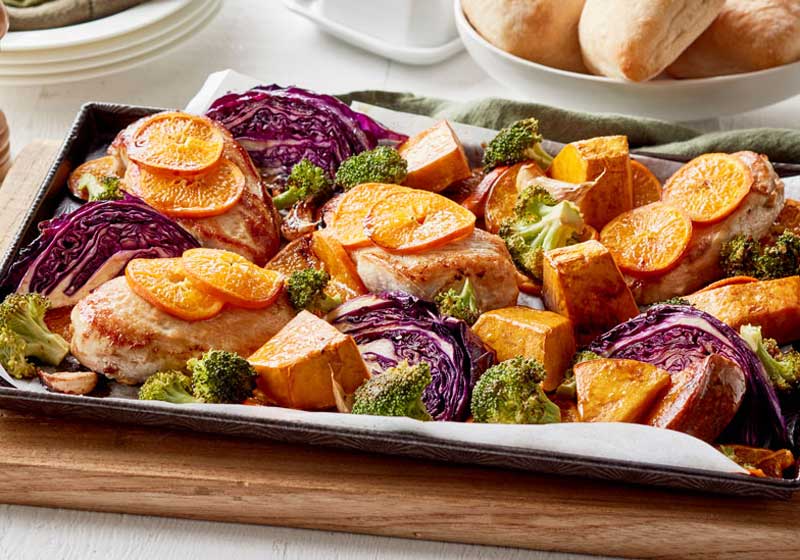
Craving a Winter warmer? Whip up this chicken and mandarin tray bake recipe. It’s a tasty and hearty dish that’s perfect for chilly weeknights. You’ll love the added sweetness from the mandarins. Delicious!
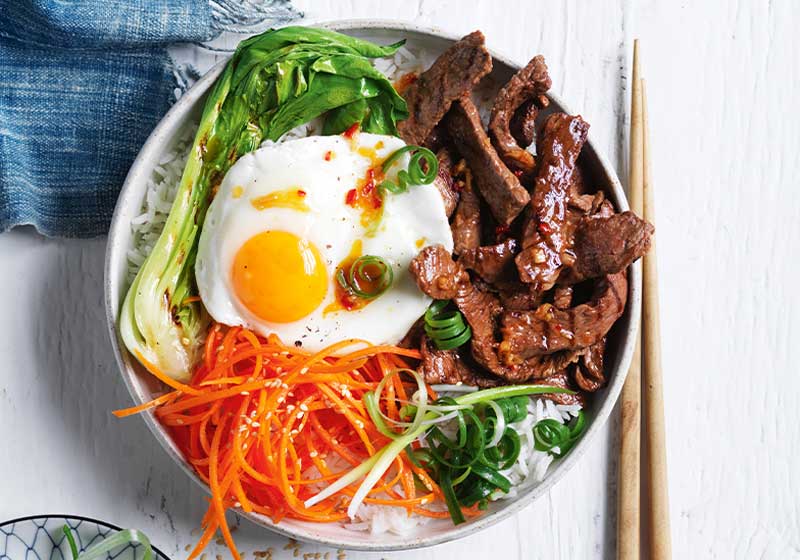
This Korean beef rice bowl recipe delivers a full-on meal that's brimming with a marketplace of fabulous flavours. Mandarins are used in the marinade to add a citrus kick to the beef.



